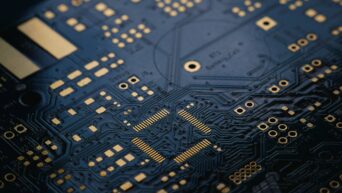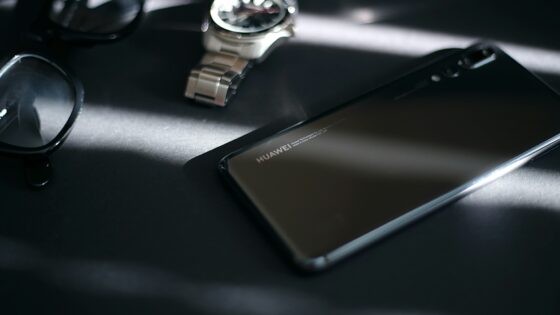
Credit: Unsplash
A scanning system lets the suit conform to its wearer’s body and needs.
The reason wearable robotics aren’t widespread just yet is the personalization factor. They can make a robotic exosuit that can help you walk and lift stuff and do all those cool things that power armor is supposed to do, but the human body is extremely varied. We all have different muscular layouts and bone structure, not to mention styles of walking. Robotic assistance isn’t built to conform to such a wide sample size. Or at least it wasn’t until now.
A group of researchers based out of the Harvard John A. Paulson School of Engineering and Applied Sciences have developed what may well be the next step in robotic assistance apparatuses. Their bioinspired system utilizes a special ultrasound scanner to get a readout of the wearer’s physical quirks, allowing it to adjust its output to conform as closely to their style of movement as possible while still providing mechanical assistance.
“We used ultrasound to look under the skin and directly measured what the user’s muscles were doing during several walking tasks,” said Richard Nuckols, a Postdoctoral Research Associate at SEAS and co-first author of the group’s research paper. “Our muscles and tendons have compliance which means there is not necessarily a direct mapping between the movement of the limbs and that of the underlying muscles driving their motion.”
This exosuit is customizable for real-world walking https://t.co/B5fLFk66fR pic.twitter.com/qjILwhHB7g
— Harvard SEAS (@hseas) November 12, 2021
“By measuring the muscle directly, we can work more intuitively with the person using the exosuit,” said Sangjun Lee, a graduate student at SEAS and the Graduate School of Arts and Sciences and co-first author of the study. “With this approach, the exosuit isn’t overpowering the wearer, it’s working cooperatively with them.”
The team is hoping to develop their system further by allowing it to make quick adjustments in real-time.































